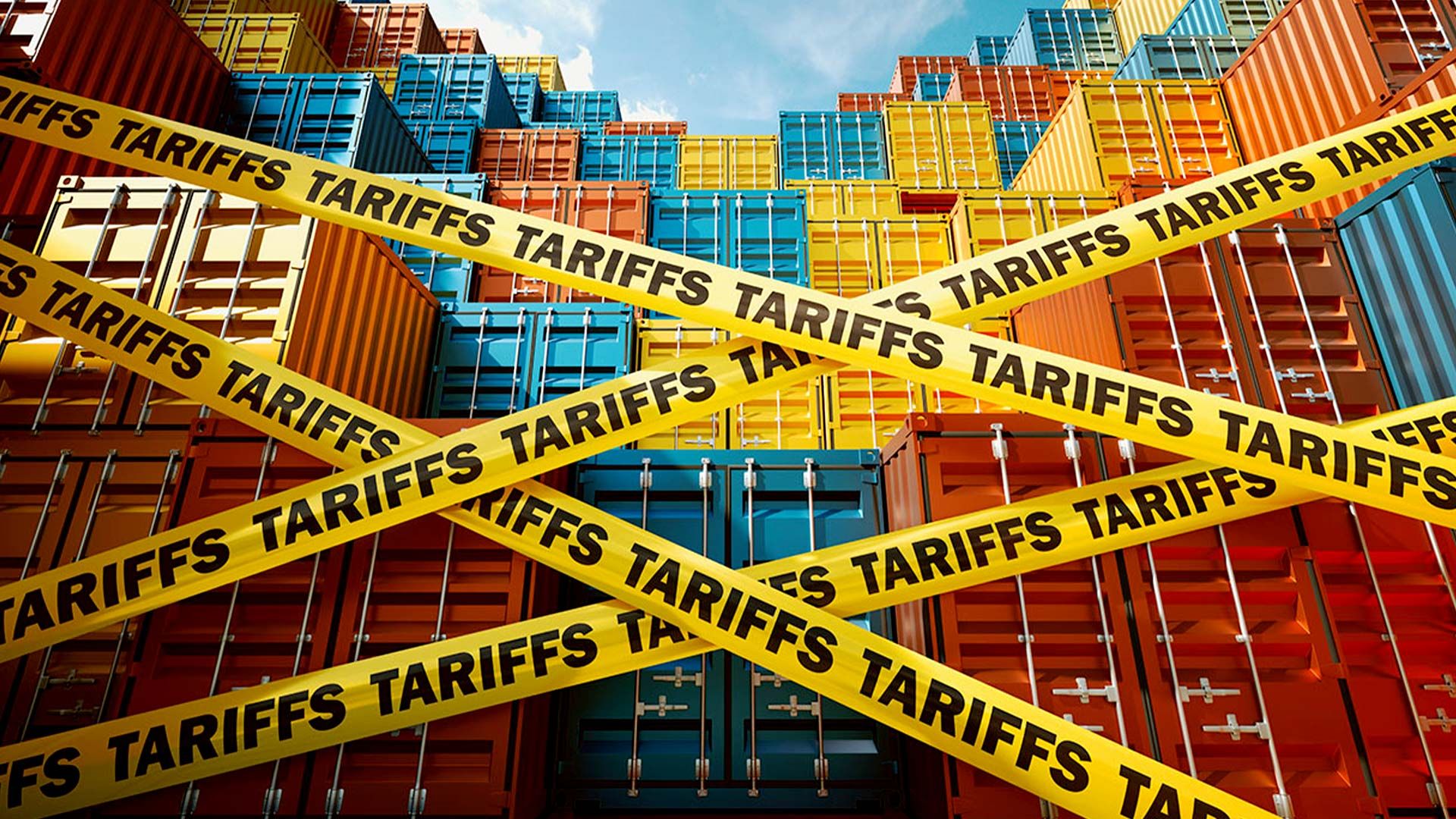September 18, 2025
South African Reserve Bank Maintains Interest Rates Amid Global Rate Cuts

The Federal Reserve’s recent rate cut left the US dollar slightly softer, leading to moderate increases in commodity prices. However, the SARB has opted for stability, contending that risks to inflation and economic growth appear balanced. The South African economy recorded a growth rate of 0.8% in Q2 2025, prompting the Reserve Bank to consider a modest upward revision of the growth forecast.
Despite the recent lower headline inflation figure of 3.3%—comfortably within the official target range—it remains marginally above the preferred level of 3%. The SARB predicts inflation will increase to around 4% in the coming months, driven by rising electricity, food, and service prices, particularly as food and beverage costs escalate faster than anticipated. Consequently, these will be carefully monitored to assess their long-term impact on inflation expectations.
The MPC decision was not unanimous; four members voted to maintain the current rate, while two members advocated for a 25-basis point cut, reflecting caution against the backdrop of potential inflationary pressures.
Since late 2024, South Africa has experienced an aggregate 125 basis point reduction in interest rates, following a previous period of rate hikes that pushed interest to a 15-year high. This strategic pause allows the SARB to carefully assess the evolving economic environment without reacting precipitously to transient changes.
Economists speculate that another rate cut could occur in 2025, influenced by both the US Federal Reserve’s easing measures and South Africa’s low inflationary context. Moreover, SARB and the National Treasury are contemplating revising the inflation target to around 3%. While this could suggest a period of sustained higher rates, the long-term benefits could include greater economic stability and reduced interest rates, fostering favourable conditions for sustained economic growth.
In summary, the SARB’s decision to hold the interest rate reflects a balanced approach amid global monetary policy shifts. The stance indicates a focus on anchoring inflation expectations at a stable level, weighing short-term economic fluctuations against the backdrop of long-term growth objectives. The discussions around modifying the inflation target underline a forward-looking strategy aimed at ensuring economic resilience and stability in South Africa’s evolving economic landscape.











